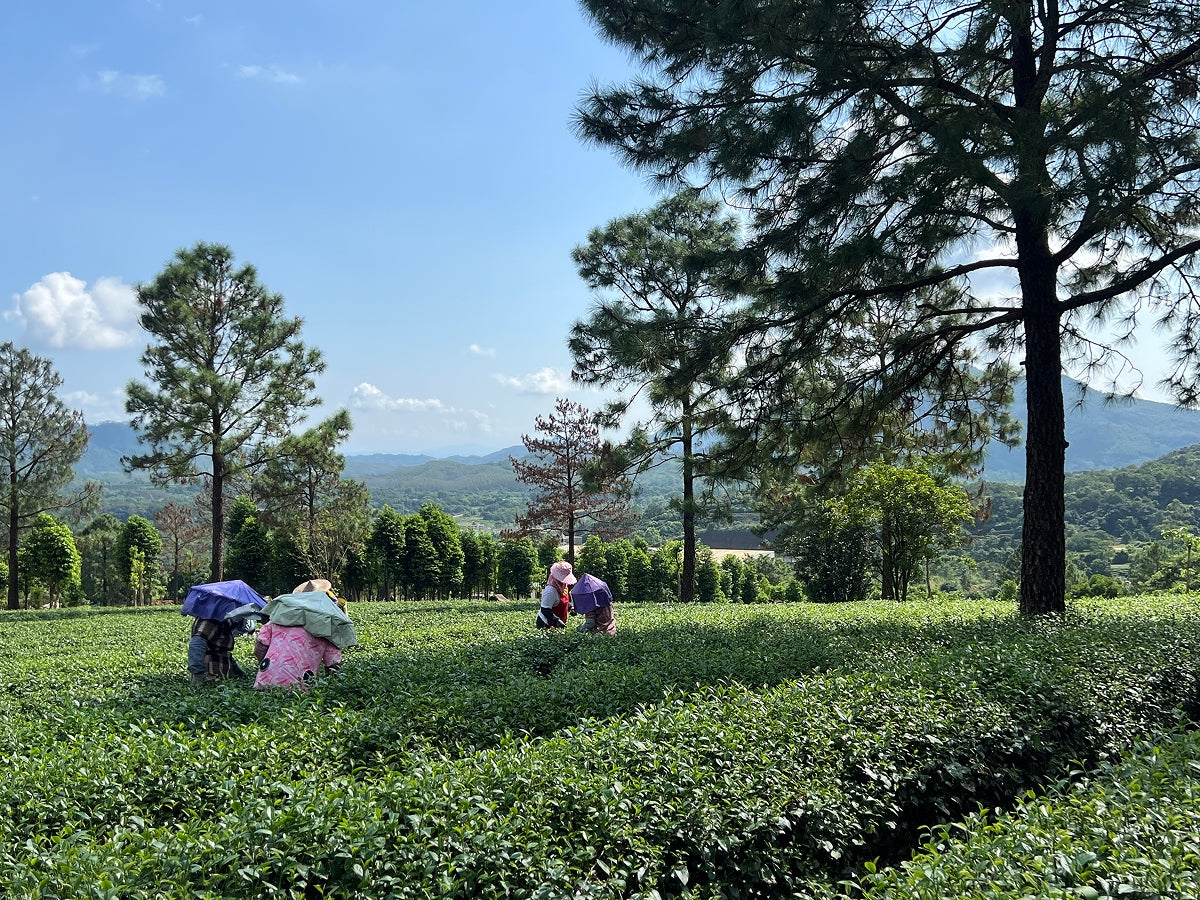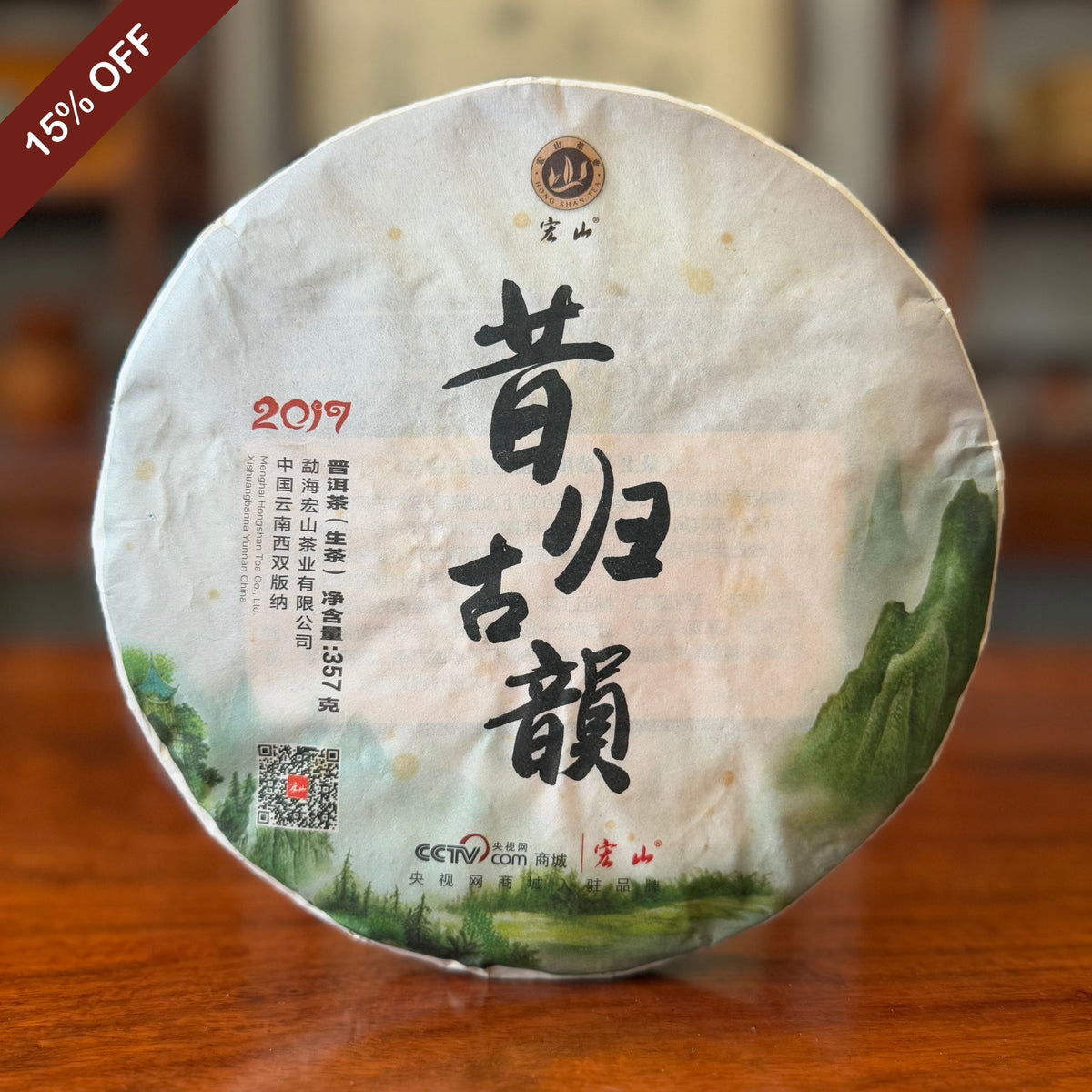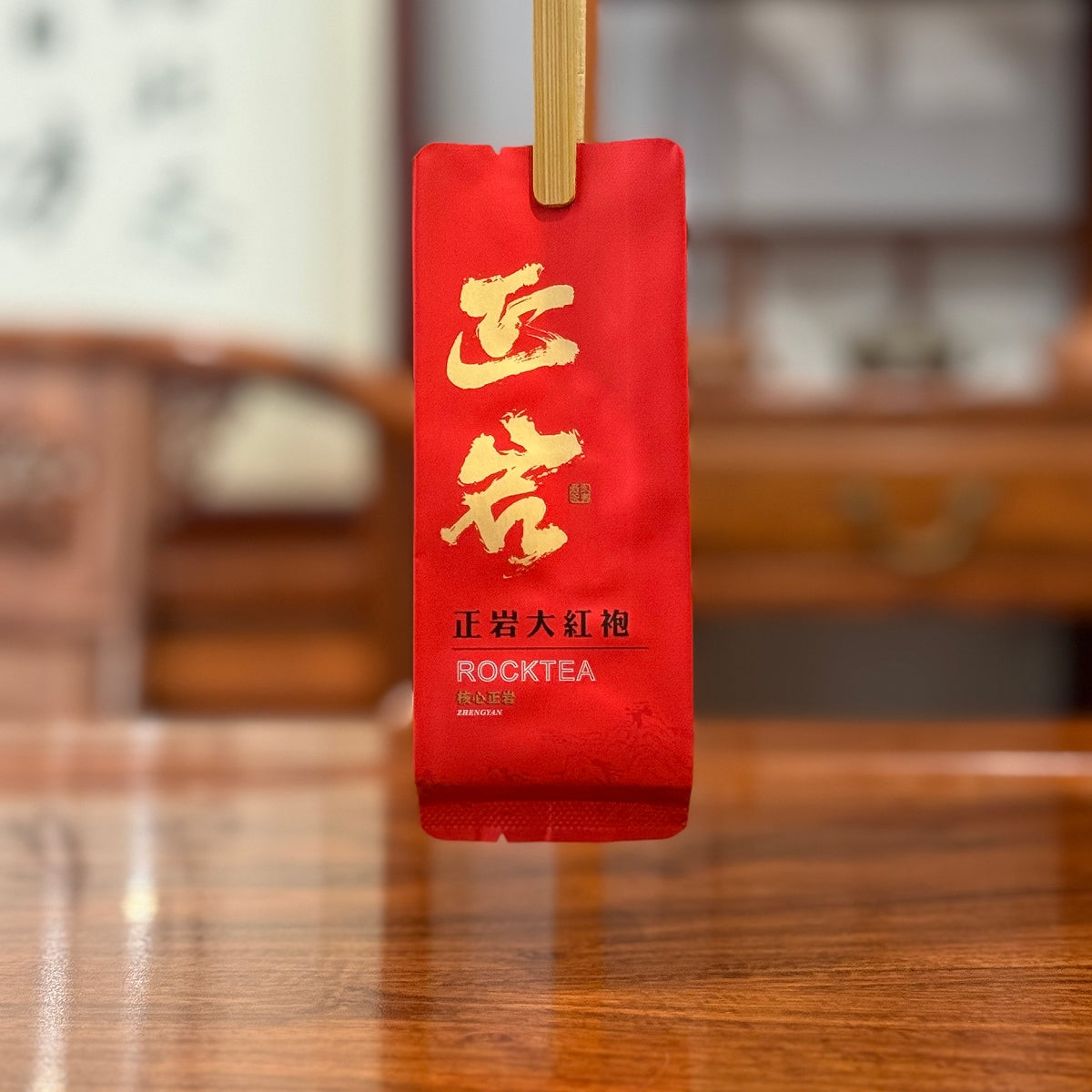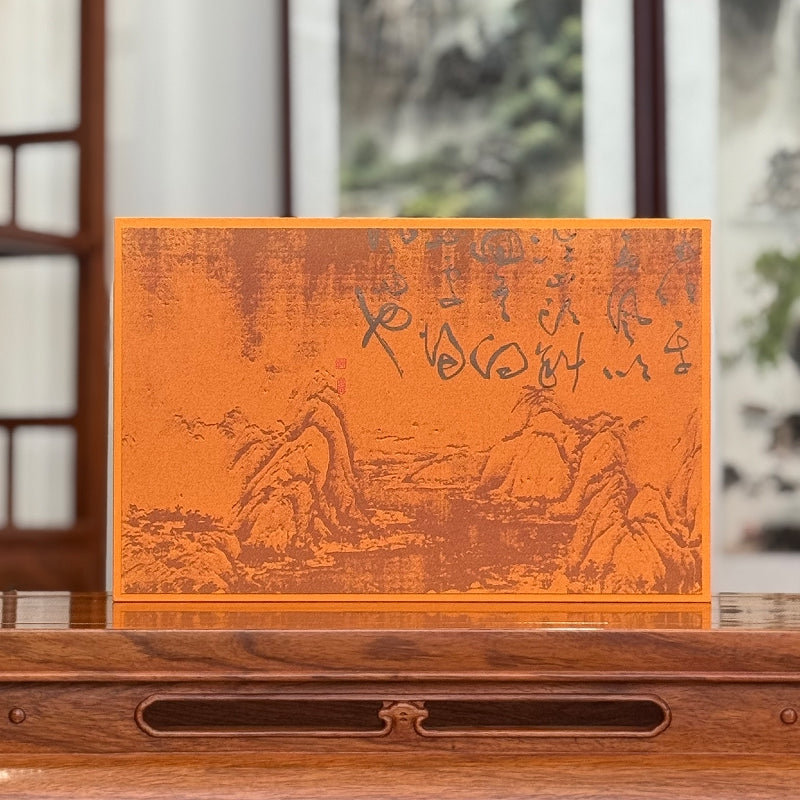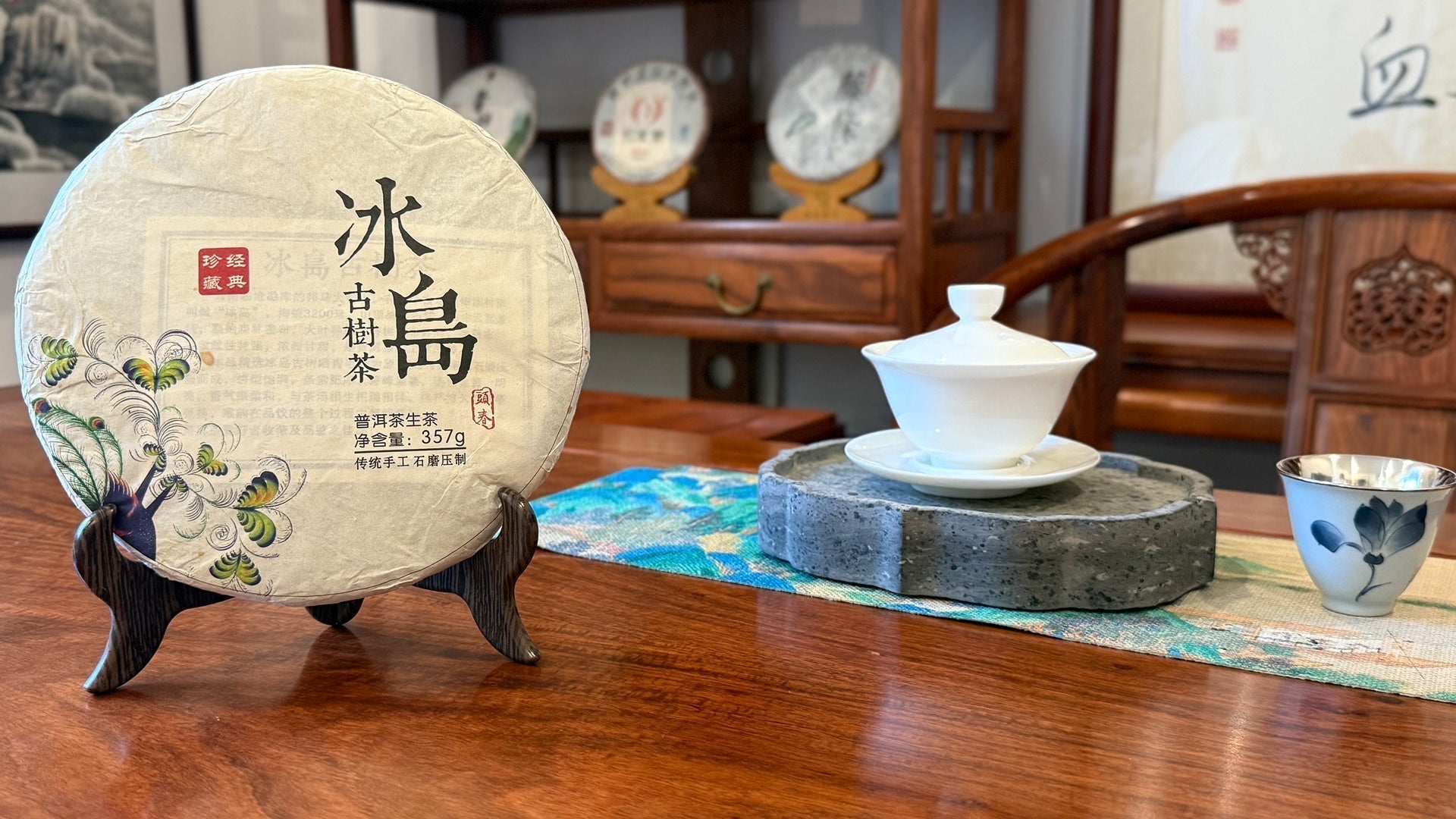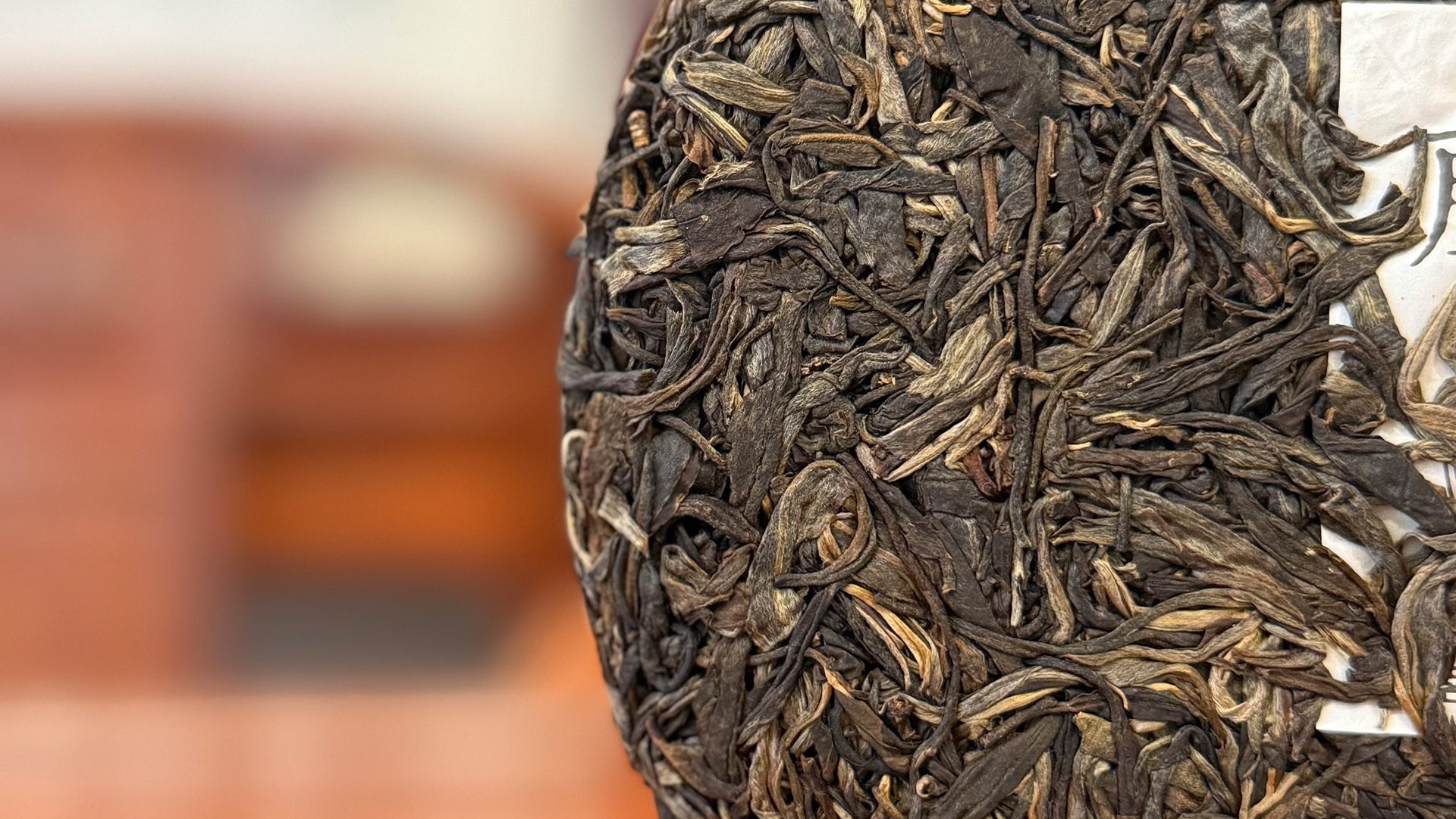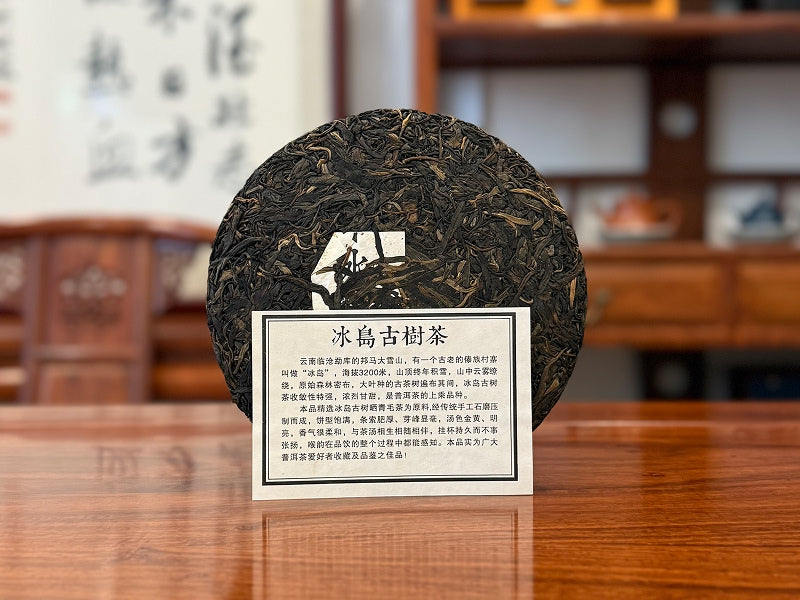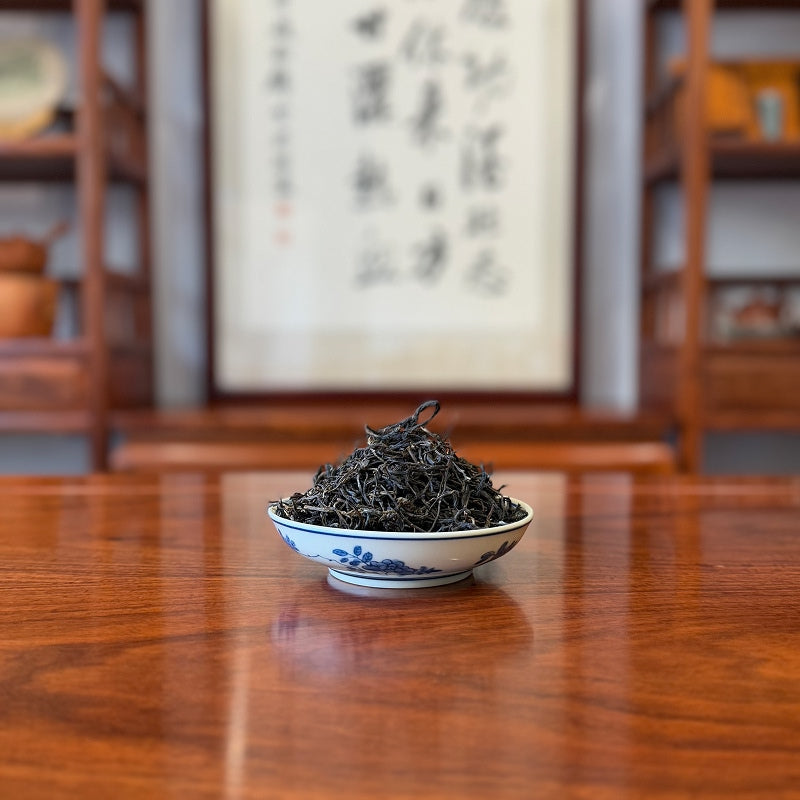Oolong-Tee (Wu Long Cha) ist ein einzigartiger halbfermentierter Tee (auch teilweise oxidierter Tee genannt), der die Frische von grünem Tee mit der Tiefe und Komplexität von schwarzem Tee kombiniert.
Der Charme chinesischer Oolong-Teeblätter beginnt mit ihrer Herkunft.
Es sind nicht nur ein paar Punkte auf der Karte, sondern der kombinierte Einfluss von Klima, Höhe, Boden und Wasserquellen, die ein einzigartiges Terroir schaffen.

Tee ist nicht überall gleich, wo er angebaut wird; alle natürlichen Bedingungen prägen seinen Geschmack und verleihen ihm seinen einzigartigen Charakter.
Es ist dieser Geschmack, der den Wert und die Seele einer Tasse Tee ausmacht.
Daher ist die Herkunft des Tees nicht nur ein geografisches Merkmal, sondern ein entscheidender Faktor für seine Qualität und seinen Stil.
Bei der Beurteilung dessen, was einen „guten Tee“ ausmacht, bleibt die Kernproduktionsregion eine unverzichtbare primäre Dimension.
Für Teeliebhaber, die auf der Suche nach authentischem Geschmack sind, ist es wichtig zu wissen, wie man hochwertige Oolong-Teeblätter erkennt.
Um ein umfassendes Verständnis der chinesischen Oolong-Teeblätter und ihrer großen Vielfalt zu erlangen, lesen Sie bitte „ Chinesischer Oolong-Tee: Der ultimative Leitfaden zu Chinas legendärem Gebräu“ .
Fujian · Wuyi-Berg – Der früheste Ursprung der Oolong-Teeblätter

Das „Klassikerbuch des Tees“ (Chajing), das in der Tang-Dynastie (ca. 760 n. Chr.) zusammengestellt wurde, ist nach wie vor die einflussreichste Teeliteratur.
Darin wurde festgehalten, dass Wuyi-Tee einen einzigartigen Halbfermentierungsprozess verwendet. Dies ist der früheste dokumentierte Hinweis auf Oolong-Teeblätter. Bis heute wird Oolong-Tee als „halbfermentierter Tee“ definiert.
Repräsentative Tees: Da Hong Pao (Big Red Robe Tee), Shui Xian, Rou Gui
Geografische Merkmale: Der Wuyi-Berg liegt im Norden von Fujian (Region Minbei) und zeichnet sich durch einzigartige Danxia-Landformen und mineralreiche Felsböden aus.
Diese natürlichen Bedingungen verleihen dem Tee seinen unverwechselbaren „Felsen-Rhythmus“, der sich auf die einzigartigen mineralischen und gerösteten Aromen bezieht, die das felsige Gelände von Wuyi mit sich bringt.
Daraus entsteht die berühmte Kategorie „Wuyi Rock Oolong Tea“, eine der renommiertesten Oolong-Teesorten.
Fujian · Anxi – Die Wiege der systematischen Oolong-Tee-Handwerkskunst

Während der Yongzheng-Periode der Qing-Dynastie (um 1725) entwickelte Anxi ein perfektioniertes Produktionssystem, das auf seiner einzigartigen Teesorte Tieguanyin basierte.
Dieses System umfasst Schlüsselprozesse wie Rollen, Schütteln und Rösten, bereichert die Verarbeitungstechniken für Oolong-Tee und legt den Grundstein für Standardisierung und langfristige Entwicklung.
Repräsentativer Tee: Tieguanyin (Ti Kuan Yin)
Geografische Merkmale: Anxi liegt in der südwestlichen Hügelregion von Fujian, in höheren Lagen mit organisch reichem gelblichem Boden.
Die Gegend ist oft in Nebel gehüllt und weist erhebliche Temperaturunterschiede zwischen Tag und Nacht auf. Das milde Klima, die klaren Jahreszeiten und die gleichmäßigen Niederschläge schaffen ideale Bedingungen für das Wachstum hochwertiger Oolong-Teeblätter, insbesondere Tieguanyin.
Guangdong · Phoenix Mountain – Die Heimat des besten Oolong-Tees Chinas

Die Oolong-Teeblätter von Phoenix Dancong stammen aus der späten Ming- und frühen Qing-Dynastie (Anfang des 17. Jahrhunderts).
Als die Teekultur florierte, entwickelte sich im frühen 18. Jahrhundert in der Region Chaozhou ein einzigartiges Gongfu-Teeritual und sie wurde zu einem wichtigen Geburtsort dieser raffinierten Teezeremonie.
Diese Region ist für ihre vielfältigen Teesorten bekannt. Die Teebauern legen Wert darauf, einzelne alte Teepflanzen zu ernten und zu verarbeiten, daher der Name „Dancong“ (einzelner Busch).
Phoenix Dancong ist für seinen reichen Duft bekannt und wird als „der Champagner unter den Tees“ gepriesen.
Repräsentative Teesorten: Dancong-Sorten, darunter Mi Lan Xiang (Honig-Orchidee), Ya Shi Xiang („Entenkot-Aroma“, ein unverwechselbarer blumig-fruchtiger Duft), Magnolien-Aroma usw.
Geografische Merkmale: Der Phoenix Mountain (Fenghuang Shan) im Osten von Chaozhou, Guangdong, profitiert von vulkanischem Boden, der uralte Teebäume nährt, die über hundert Jahre alt sind, manche sogar über sechs Jahrhunderte alt.
Das einzigartige Mikroklima der Berge in Kombination mit überlieferten handwerklichen Fähigkeiten verleiht dieser legendären Teeregion ihren unverwechselbaren Stil.
Taiwan Oolong Tee – Ein moderner Pionier in Aroma und Handwerkskunst

Der Anbau von Oolong-Teeblättern in Taiwan begann im 19. Jahrhundert mit der Einführung von Teesorten aus Anxi, Fujian.
Teebauern kombinierten Taiwans einzigartige Umwelt mit Innovation, um verschiedene taiwanesische Oolong-Sorten mit losen Blättern zu entwickeln.
Zu den wichtigsten Produktionsgebieten zählen Nantou, Alishan, Shanlinxi, Lishan und Dayuling – bekannte alpine Teeanbaugebiete.
Repräsentative Teesorten: Dong Ding Oolong, Alishan Oolong, Oriental Beauty
Geografische Merkmale: Taiwan, bekannt als die „Schatzinsel“, ist vom Meer umgeben und wird von der Zentralen Bergkette durchzogen.
Die unterschiedlichen Höhenlagen und der kühle Nebel bieten ideale Wachstumsbedingungen für Hochgebirgstees, von denen die meisten zwischen 600 und 1500 Metern über dem Meeresspiegel wachsen.
Ob es der intensive Felsreim des Wuyi Rock Tea, das Orchideenaroma von Anxi Tieguanyin, der einzigartige blumige und fruchtige Duft von Phoenix Dancong oder die süße und erfrischende Milde der Hochgebirgstees Taiwans ist, jedes Teeblatt ist eine Kristallisation von Natur und Handwerkskunst.
Dies ist die faszinierende Geographie des Geschmacks.
Das Betreten der Welt der chinesischen Oolong-Teeblätter ist wie eine Reise durch Jahrhunderte der Teekultur.
Darüber hinaus können Sie sich auch auf „ Legendary Brew: The Ultimate Guide to Oolong Tea“ beziehen, um ein tieferes Verständnis der Geschichte und Kultur des Oolong-Tees zu erlangen.
Wir helfen Ihnen nun dabei, die besten Regionen für die Produktion von Oolong-Teeblättern zu finden und den Tee zu finden, der am besten zu Ihnen passt, um die Reinheit und Schönheit zu genießen, die das Land schenkt.
Die Chinese Tea Group führt Sie durch diese Weltklasse-Ursprünge und bietet Ihnen detaillierte Einführungen in die Herkunft und den Produktionsprozess jedes Produkts in der Oolong-Tee-Kollektion , sodass Sie die genauen Pflückkoordinaten des Tees kennen, den Sie in den Händen halten.

